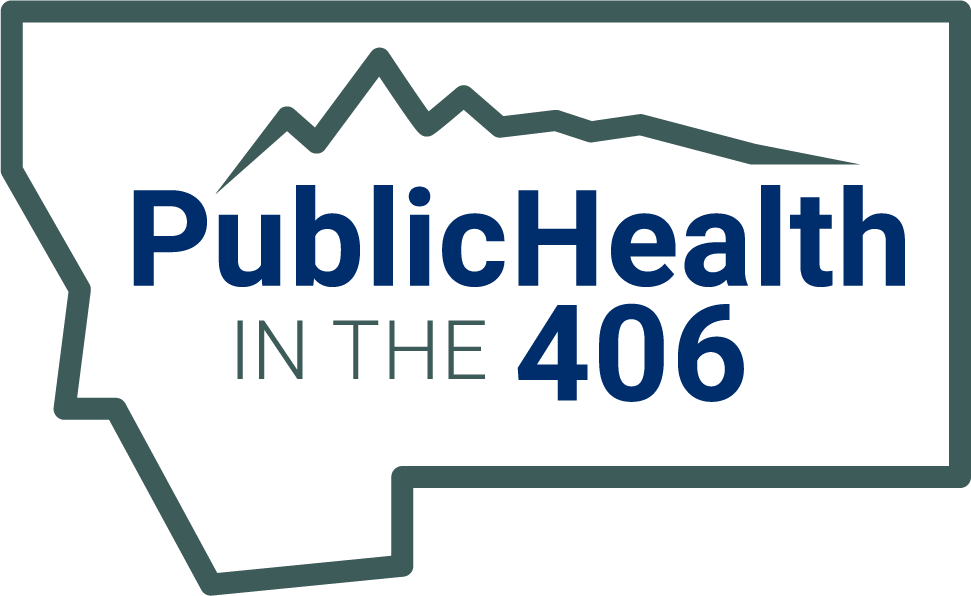Soil
People who recreate outside may be at higher risk of metal exposure. Due to the natural mineralization across Montana, and our long history of mining and industry, it is important to pay special attention to children outside as children who end up ingesting large amounts of this soil, especially if occurring over long periods of time, might be exposing themselves to lead, arsenic or another natural or artificially introduced contaminant.
To reduce the chances of exposure:
- Do not allow children to play in areas that are not covered (e.g., by grass, playground tuft, etc.)
- Have your soil tested for heavy metals
- Have your soil tested for lead by attending a local soilSHOP event. Click here to find or request a soilSHOP near you!
Resources
- List of Regional Soil Testing Labs (Montana State University)
- Evaluating Soil Quality & Health (Montana State University)
- Soil Testing: Getting a Good Sample (Montana State University)
- Soil Testing: Once You Have the Sample (Montana State University)
- Understanding Your Test Results: Metals in Garden Soil and Vegetables (Cornell)
- The National Cooperative Soil Survey is operated by the USDA National Resources Conservation Service (NRCS). This resource can help to determine if your property likely has highly mineralized soils, which might indicate the presence of metals, such as lead, or arsenic.


